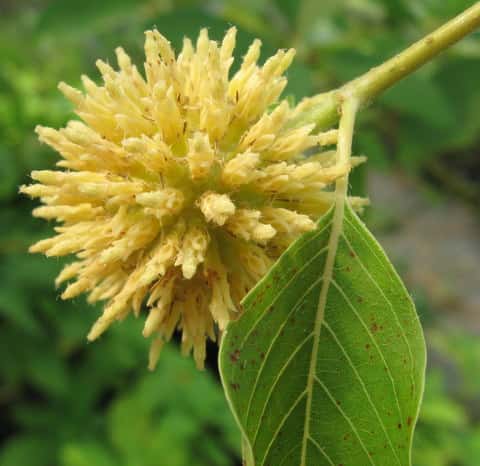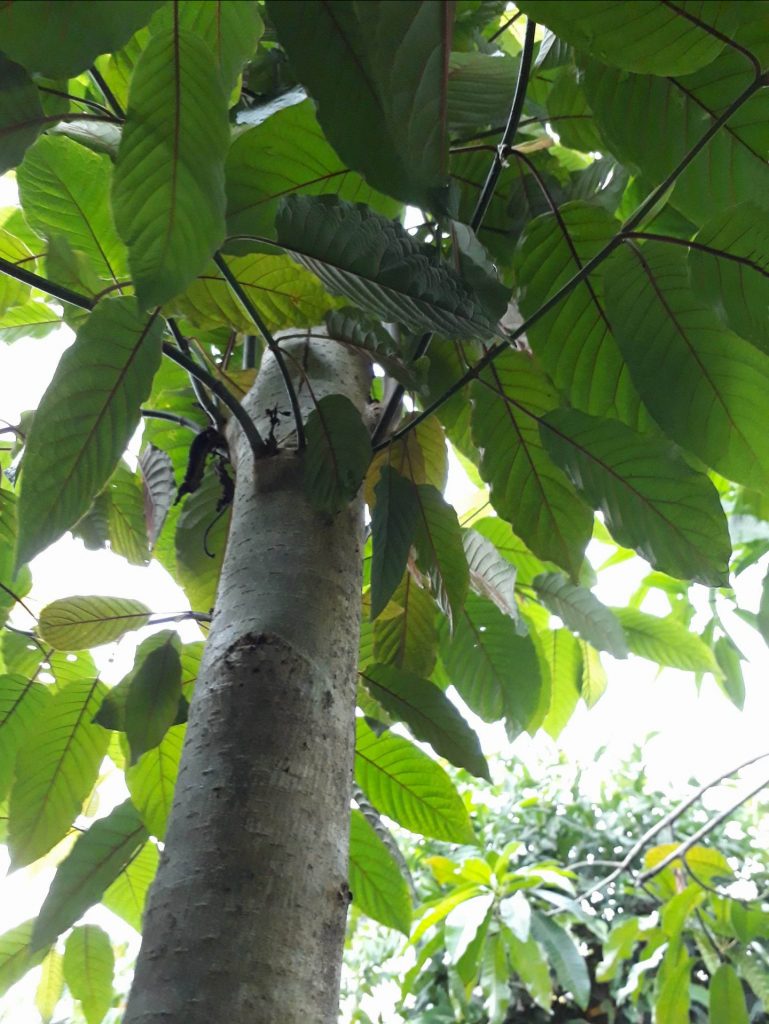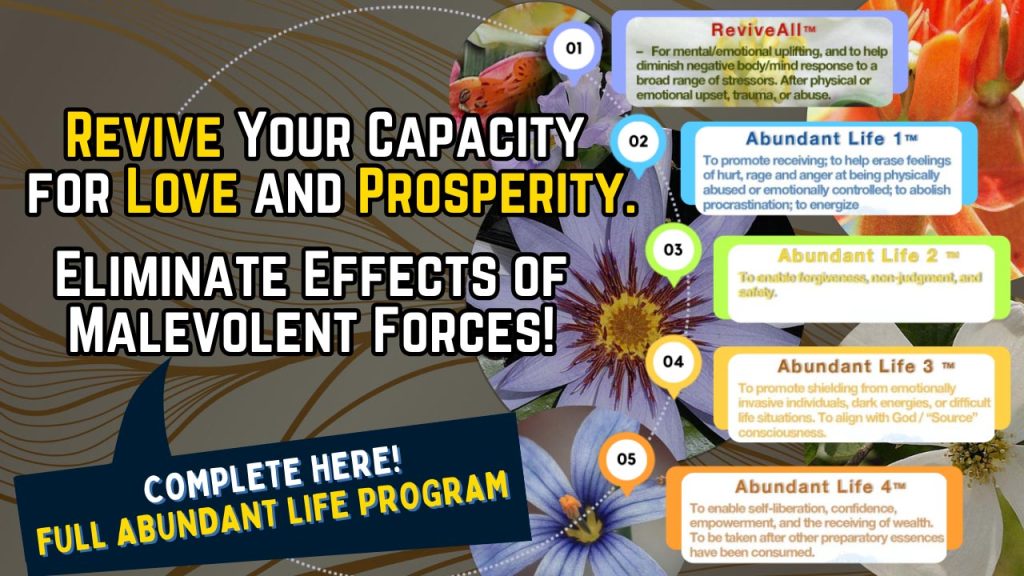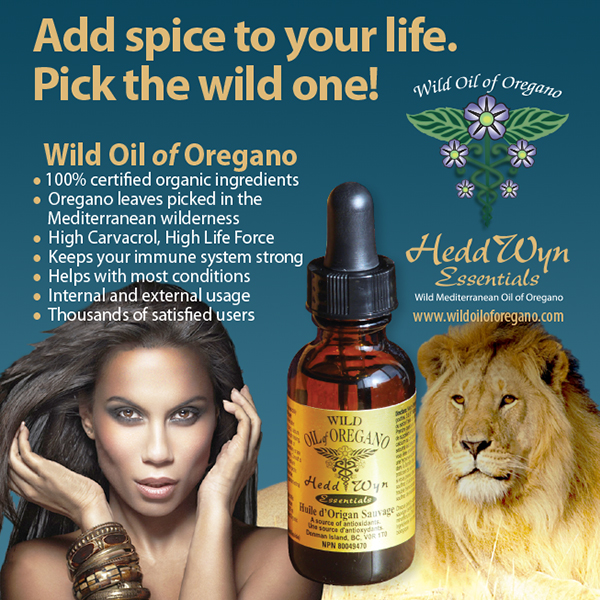The History and Uses of Kratom
By Paul Kemp
What Is Kratom? Kratom, known to the ancients as kedemba or kadamba, is the leaf of a tree native to Southeast Asia. It has been used for centuries as a stimulant to energize farmers and workers in the extreme heat and humidity present there. The leaves are either chewed, powdered, or brewed into a tea and consumed socially in much the way we drink coffee.
Kratom is also a gentle pain reliever, and has been used to treat diarrhea, coughing, and as a way to overcome opioid withdrawal. Kratom’s effectiveness in easing the symptoms of withdrawal from narcotics has made it very popular in the United States, but has also drawn the attention of the U.S. Food and Drug Administration (FDA) and the Drug Enforcement Agency (DEA), which are currently trying to place kratom onto the list of Schedule 1 Controlled Substances, along with cannabis, heroin, and LSD.
The irony of trying to prohibit the U.S. public from using kratom to quit deadly opioids — during an opioid epidemic, that’s killing 115 people a day in the U.S. — makes the history of the kratom tree relevant to understanding the importance of protecting this unique natural gift.
Competing Methods of Achieving Analgesia and a Sense of Wellbeing Throughout History – How Kedemba Morphed into the Modern Kratom
Ancient history reveals the Conflict between the use of Kratom and opioid drugs. In ancient times there was great respect and even religious adoration of a tree called kedemba or kadamba. So highly valued was kedemba, historians believe it was carried by seafaring adventurers from Indonesia and Malaysia to Sri Lanka, India, and Madagascar. Even today, we find linguistic evidence of the importance of this seemingly mythical tree. But much of kedemba’s history, having been mostly orally transmitted, has vanished into the mists of time.
Over the centuries governments and organized religions have tried to suppress the fame of this tree, which we now know by its Thai name of kratom. One very interesting piece of circumstantial evidence that links kedemba with the modern-day kratom tree is found in the presence of a particular sect of Buddhism — Theravada — which tells how the kadamba tree was where the Sumedha Buddha achieved enlightenment. [See the Wikipedia listing on “Neolamarckia cadamba”]. Interestingly, Theravada Buddhism is practiced in the countries where kratom is native: Thailand, Burma, Laos, and Cambodia.
There is much speculation over why and how Neolamarckia cadamba has replaced the sacred kedemba/kratom tree in India. The first mention of this evidently very important tree is found in the Rig Veda, written in 1500 BCE. The glowing praise of this sacred tree — the favorite of Krishna, the dwelling place of the goddess of beauty, the tree under which a Buddha became enlightened — all make sense in a modern context as being the tree we know as “kratom”, with its subtle psychoactive properties. Somehow, though, in modern-day India, the kedemba has been replaced in popular consciousness by a very similar tree, Neolamarckia cadamba, which has nowhere near the alkaloidal powers of kratom. How did this substitution occur? Was it to prevent the uninitiated from experiencing the bliss that was reserved only for the deities? Was it a way of hiding the identity of this unique tree by distracting the population’s attention to an unremarkable, native, and visually similar tree? We don’t know.
Did Ganja & Opium Displace Kedemba As a More Popular Methods of Achieving Bliss During the British Raj?
Another possible explanation is that the spread of opium cultivation and export under the British colonialists caused the much older traditional use of the sacred kedemba to be forgotten. There may also have been some efforts by the colonial government to suppress the use of kedemba/kratom that we’re not aware of. (What better way than to replace the more potent tree with a similar one, minus the subtle appeal of the original?) As a result, the native (and visibly similar) N. cadamba, being indigenous, has flourished, whereas the imported kedemba/kratom trees have not.
A similar social phenomenon has been seen when Western cultures brought tobacco to areas where the natives had previously been using betel nut chews for the same purpose. In a few generations, especially as rural people moved to the cities, betel chewing died out and was replaced by tobacco.
Why Has Kratom Become So Popular in Modern North America?
First, we need to examine the recent history of how and why pain has become so big an issue in the United States, which has led us to a recognized crisis of opioid drug addiction and overdose deaths.
Kadamba — now known commonly by its Thai name, kratom, in the West — is portrayed in the media as mainly a substance of abuse — ignoring its long history in the Orient as a medicinal herb for many uses, but notably for its remarkable ability to safely relieve pain and end opiate addiction. How interesting that this traditional use for kratom is ignored by FDA officials when it is needed most!
What is going on here? The U.S. agencies that are dedicated to protecting our health showed little concerns when prescription opioids were daily killing a growing number of us with FDA-approved drugs, why are they now up in arms over an inexpensive herb with thousands of years of safe use being employed to break the hold of opioid addiction?
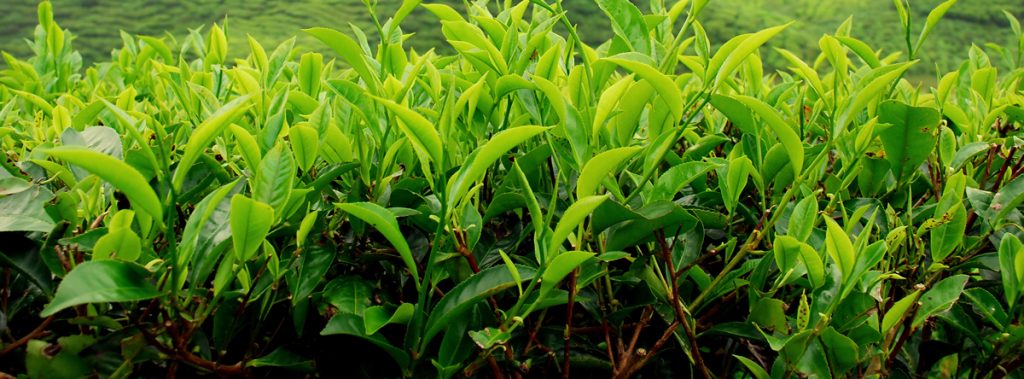
For those unfamiliar with the modern “incarnation” of the ancient kedemba tree, a little science lecture about the unique chemical properties of the leaves will help in understanding the conflict over the legal future of this substance.
- Herbal gateways to both Pleasure and Pain Relief have been fought over throughout history. Kratom has been used in the folk medicine of Malaysia and Thailand for a variety of uses, but its use as both a stimulant to improve labor productivity and as a gentle pain reliever and social lubricant come to the forefront. Most daily consumers of kratom will tell you it is not a euphoriant or intoxicant, but more like its relative, the coffee plant (without the jitters) in its effects at moderate doses. Those who approach it as a “legal high”, opioid replacement, or hallucinogen, as claimed by the U.S. FDA, will be sorely disappointed and likely become extremely nauseous.
- Recent scientific research coming out of Columbia and Johns Hopkins Universities has shown that kratom produces pain relief through a very different chemical pathway than do the opioid family of drugs – and this dramatically reduces the negative side-effects that make opioids less suitable for long term use, notably the virtually nil respiratory depression, tolerance, and constipation.
- Kratom has been traditionally used as a way to help overcome the terrible withdrawal symptoms of those attempting to quit opioids. This has put the easy access to kratom (both in countries where it grows wild and in the USA) in conflict with those who sell opioids, both the medical establishment and governments that profit from the sale and export of opium, e.g., Thailand and Myanmar, where kratom is banned.
Interestingly, the U.S. FDA has ignored this research and continues to assert that kratom has the same side effects as all other opioids, including the potentially fatal respiratory depression.
A Little Recent History of Kratom Use in the United States
In the case of kratom, the herb was brought to the U.S., as an inexpensive and more convenient Do-It-Yourself way for those who wished to wean themselves off opioids to overcome withdrawals, rather than the expensive and inconvenient practice of Medication Assisted Therapy and 12-Step programs as used by inpatient drug rehab facilities in the years following the introduction of OxyContin, post-1996.
In the USA, we see those business entities with licenses to sell opioid drugs using government agencies — the Food and Drug Administration and Drug Enforcement Administration — to suppress the population’s access to kratom, a preferred natural option for both pain relief and a step-down method of overcoming opioid addiction and much more.
This seems suspiciously reminiscent of the actions of dictatorial regimes in Southeast Asia declaring kratom illegal, when these countries are major opium-growing and processing centers, with significant addiction rates. The United States is the world’s largest consumer of opioid drugs, both licit and illicit, and it has a huge addiction epidemic underway, which began in earnest when the FDA allowed opioids such as oxycodone to be prescribed for pain, outside of the cancer and hospice care settings. When the DEA finally began to clamp down on the pill mills and easy access to opioids in response to growing overdose rates, many patients turned to street drugs such as cheap heroin and knock-off copies of opioids (especially fentanyl and its many analogues). These illicit drugs of uncertain composition were, in turn, causing yet more deaths.
So, what did the DEA do? They went after and filed a Notice of Intent to schedule kratom, which by itself has never killed anyone and is frequently helping those dependent on opioids and other prescription and illicit drugs to quit them! The millions of U.S. kratom consumers mobilized – and, with the support of leading scientists familiar with kratom, an experienced legal team, public relations experts, and lobbyists – obtained support from Congress and Senate, causing the DEA to rescind their proposed scheduling of kratom in December, 2016.
In the past year or so, the battle – this time led by the FDA – is heating up and, once again, kratom’s advocates are defending the recognized, published scientific truth about this remarkable plant.
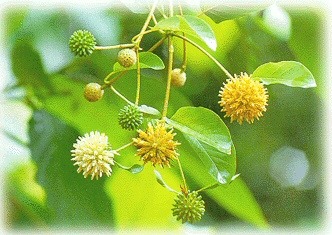
Why Is Kratom So Important and Why Should It Be Kept Legal?
- It has been argued that whole natural herbs have co-evolved with humanity to serve our needs and are safer and balanced in ways single-ingredient drugs can never be.
- Herbs are “the People’s Medicines” – low cost, gentle, and effective when used with some training and sensitivity.
- The FDA wasn’t set up — nor does the U.S. Constitution permit it — to decide which herbs and supplements we should be allowed to use. (Yes, they have been allowed to act outside of their allowed powers by the Controlled Substances Act, but this is in the process of being changed as we see in the loosening of cannabis prohibition.)
- Someday, we all may find ourselves in chronic pain and want something we can easily access to treat our pain, anxiety, depression, PTSD, diabetes, etc. – without the mental side-effects of other herbal products. We want other choices than pharmaceuticals, when they are available.
- If we allow government agencies to take control over our access to a sense of wellbeing supported by kratom, what will they take next in the name of protecting us? Turmeric? Cat’s Claw? Green tea?
No one understands the value of kratom more than those who have suffered decades of chronic pain, while our medical establishment – limited to synthetic drugs – has been able to provide them no real lasting comfort, much less a “cure”. When these people have tried kratom and found blessed relief, it usually opens their eyes to how the business model of the pharmaceutical industry has failed them. The thought of losing this piece of our natural heritage becomes intolerable.
This realization among the community of kratom consumers is what is driving their refusal to let government agencies deny them the freedom to responsibly use this herb. This is not about “getting high” or abusing an unapproved “drug”. This is a fight for the freedom to use a gift of Nature, by the 3-5 Million Americans (and uncounted Canadians) who have experienced the limitations of pharmaceutical medicines – and found a renewed sense of wellbeing and joy in life, despite their physical and emotional ailments.
The Ancients worshiped trees and herbs — they recognized the utility and beauty and the beneficence of Nature and the Creator in providing such gateways leading to better Health, heightened Awareness, and Consciousness.
Modern folks have been trained to fear and see the use of natural herbs (which co-evolved to serve humanity) as abuse and potentially dangerous — though the facts show us that modern medicines cause far more deaths (even when properly used under medical supervision) and don’t even attempt to address the root causes of disease.
This article is a narrative of the ongoing battle for one very important multi-purpose herb: kratom. Success here can be a turning point toward a healthier future. (Kratom is unusual in that its medicinal effects are generally easily recognized by those who consume it; this leaves it open to being stigmatized as an “unapproved drug” and “substance of abuse” rather than as a pleasant “Gift of Nature”.)
Many people testify that kratom has helped them in ways that modern drugs and even surgery could not approach. Some of these people are even trained medical doctors.
This growing crisis in pain, which has resulted from more than a century of medical monopoly where only symptoms are treated and few cures are even attempted – even when medical science knows they exist. What stops them from being used? Natural substances can’t be patented, so the enormously expensive costs involved in creating, testing, and marketing a pharmaceutical drug cannot be recovered, nor can ownership of the drug be protected by patent.
Kratom reveals the limitations of our increasingly expensive medical system, which is failing so many of us. PTSD and suicide rates are up, both in the general population and among military veterans – and a handful of antidepressants, benzo’s, and antipsychotic drugs aren’t helping. None know this more pointedly than the chronic pain sufferers, many of whom discovered kratom when their doctors cut off their access to opioids, even though they weren’t abusing them, and were offered no other viable option to control their pain.
Now, the same forces which arbitrarily decided that doctors should reduce their prescribing of opioids, are determined to make kratom inaccessible to suffering patients, under threat of prison. Where is the compassion and concern for the patient?
The effort to criminalize kratom is apparently all about money. The safety and low addiction potential of the raw leaf have been amply proven, but our FDA refuses to consider the consensus of scientific evidence. Nature’s best relief is considered no good without the FDA stamp of approval.
On the bright side, we beat the DEA and stopped their ban with Congressional support in 2016 – no other movement has ever done that. We are stronger in the numbers of consumers and leadership than ever. We can’t afford to lose this fight – too many people will die, if kratom is criminalized.
Isn’t it strange how attitudes toward herbal botanicals have changed since trees with kedemba’s usefulness were treated with reverence? Appreciation for kratom/kedemba is alive and well among 3-5 Million North Americans and we’re determined to keep it so.
https://www.huffingtonpost.com/andrew-weil-md/why-plants-are-usually-be_b_785139.html
Pinney Associates’ 8-Factor Analysis: https://docs.wixstatic.com/ugd/9ba5da_81de7c70750748f2807bf0d1b96e301d.pdf
For More Information on Kratom, see this: https://www.americankratom.org/kratom-information
Paul Kemp, author and writer on health-related topics.
For those who want to learn more about kratom and sample the very best, visit:
https://www.reddevilkratom.com/default.asp
People can find Paul on Twitter @Healthseeker and Facebook — PaulkempIII; my blog @ Tinyurl.com/cknnqps


